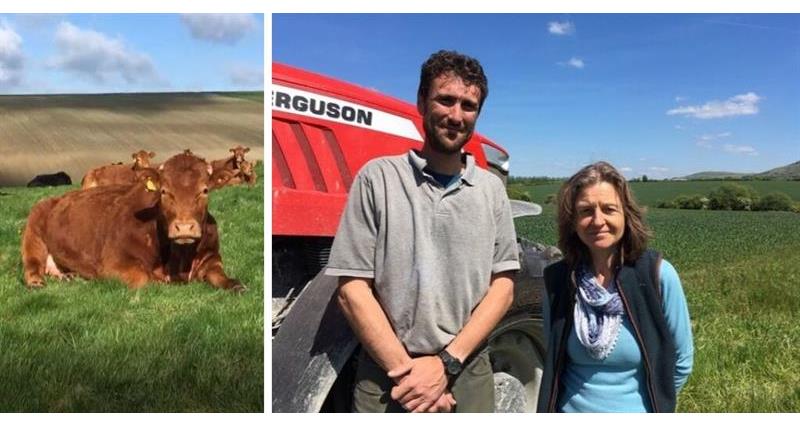Her family have been on the farm since the 1920s, when her grandfather moved from the West Country and started farming the area as a tenant. Since then the farm has gone through significant changes, as her father farmed it as an entirely arable farm, before moving in one season to complete grassland on the downland under ESA.
The move to extensive grassland created a monoculture and destroyed the wildlife habitats the arable enterprise had created, an effect that Annie is now working to rectify.
Annie runs the business with her sister and mother. They have two full time and completely committed employees; a Farm Manager, who takes the lead on the arable, and a Stockman, and they support each other as necessary, with some seasonal help. The farm also has a semi-retired, part time employee who has worked on the farm for over 55 years, and helps with the sheep and manages the bird feed.
Feed the birds
By participating in the early pilots for Environmental Stewardship with Natural England the farm developed back into a mixed farm, growing barley, wheat, OSR and beans, alongside a 100 head closed suckler herd and keep sheep. Working with local advisor, Anthony Weston of CLM and their Natural England adviser they reviewed the whole farm and ploughed up 130 ha of downland pasture, creating a ‘mosaic’ of fields, including permanent pasture, and arable fields with options including fallow plots, wild bird seed mixes, low input cereals, fodder crops, beetle banks, corners and margins.
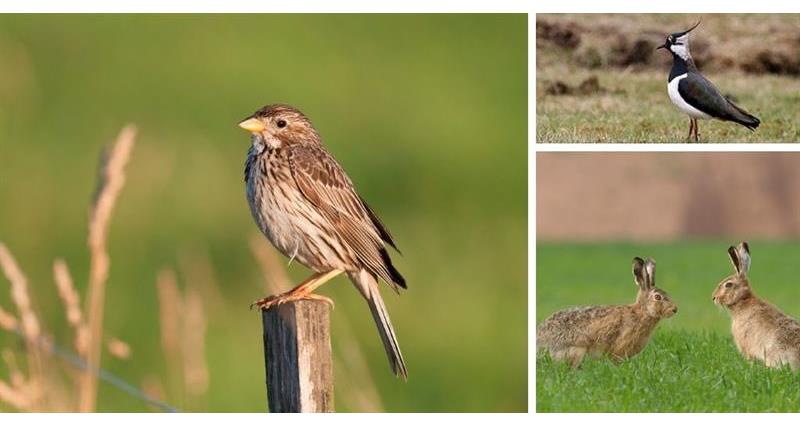
Bird feed is also put out during the ‘hungry gap’ in late winter, and overwintering stubble provides additional habitat. They have subsequently seen the return of several species, including corn bunting, lapwing and hare and in 2015 they won the FWAG Silver Lapwing Award in recognition for their work in species and habitat conservation.
While there are challenges in this work, such as the logistical difficulties around planting the wild bird seed mix (mitigated by treating it as another crop), and it is not without a cost, the increase in biodiversity has been a major win for Annie, her farm business and the wider countryside.
Business and environment
Annie was initially encouraged to take part in the early Natural England schemes to improve the land’s performance, for both her business and the environment: “I knew we needed to do something different”. She is pleased they did take part as the schemes and options work well for them, and it is more rewarding to grow the crops in a way that supports wildlife.
As this is a family farm, Annie wants her way of farming to be viable in the future for the next generation and therefore they need to look after the soil. They are beginning to look more closely at the soil biology, moving away from ploughing to direct drilling where appropriate, and starting to employ precision farming techniques. Whilst the farm is working to improve nutrient efficiency and soil structure, the transition towards precision farming will be slow given the financial resources of a farm of this scale.
A scarp slope of the South Downs splits the farm in two. The land on the hill is chalk, while the land on the weald is largely clay. The differing soil types demand very different management; the farm has strategically adapted the rotation and left some of the heavy weald land fallow in recent seasons to improve soil health and tackle the black grass.
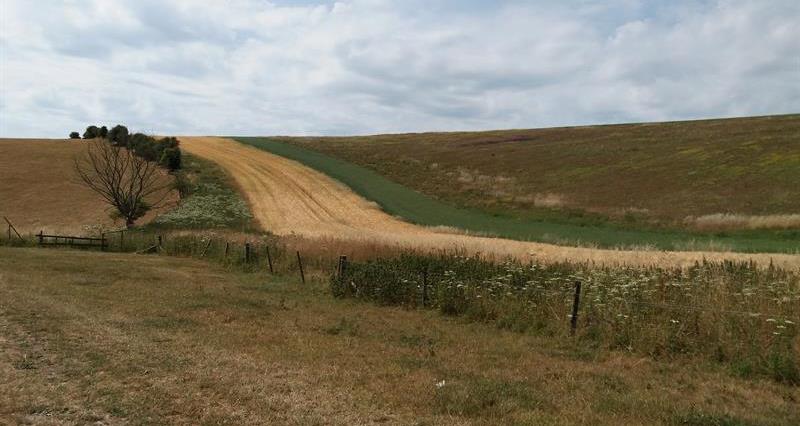
Environmental schemes
The farms 10-year HLS scheme will be coming to an end in January 2020. Unfortunately, timing will prevent a gap-free transition into a countryside stewardship scheme. Annie is still apprehensive that her HLS scheme, which is fundamental to the farming income, will not be rolled over until future Environmental Land Management schemes become available, creating a huge financial pressure on the business.
Over the past decade, Annie has developed a good rapport with her local Natural England adviser and the business development team of the National Park. Together they have been able to develop options which are suited to the landscape, as well as try different ideas that work for the environment and the business; one good example is a conservation grazing project to improve the quality of a sensitive scarp slope in an SSSI on the farm.
Moving forward, Annie would like to continue this relationship in a less prescriptive scheme, that incorporates other features on the farm, such as an area of woodland.

Community spirit
Annie is the lead farmer for the Eastern South Downs cluster group, working with neighbouring farmers to deliver environmental benefit on a landscape scale. Through this group she has also participated in several local initiatives, such as the National Trust’s ‘Changing Chalk’ project to protect the chalk grassland and Southern Water’s ChaMP initiative to minimise nitrate leaching from soils. There are six such cluster groups in the South Downs National Park which provide a good conduit for the National Park to engage and work with the farmers and land managers.
Her farm manager is Chair of the local NFU committee and has been an active member of the local Agricultural Society. She feels it is important for farmers to be able to have time off farm, to be able to share experience with fellow farmers, and to give the farmer a greater voice as they are the people who manage the landscape and therefore need workable, practically viable initiatives.
She recognises that this is difficult, as few family farms have the time to be able to get involved off farm, but it’s probably more important now than ever before, given the uncertainty facing the industry.
She also believes that any research that takes place in the area, should better engage the farmers, and consider the future viability for farming businesses, particularly looking beyond the current funding schemes. “Farmers are best placed to make decisions about the land and engagement from the offset would not only increase uptake of future strategies, but also increase their longevity.”
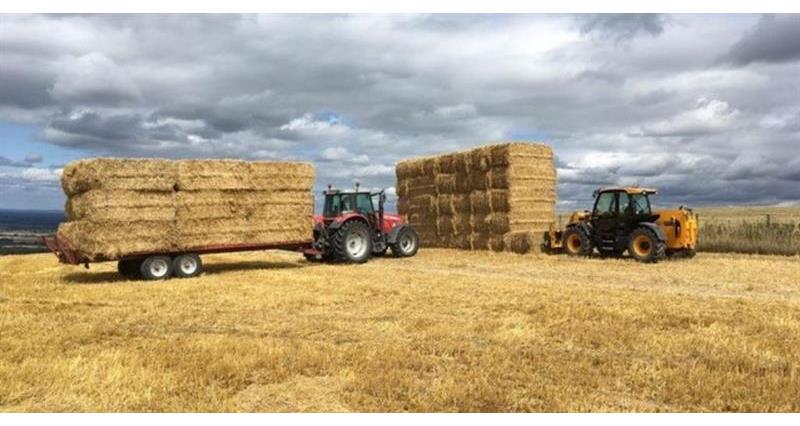
Farming in a National Park
Farming in a National Park does create some issues, particularly around public access. Although the majority of visitors are considerate, there are problems with open gates, livestock worrying and motorcyclists using the chalk pit, which is also in an SSSI. This has a significant impact on the farm, risking their livestock and damaging the land.
The varying rules around different types of public access are often unclear, and Annie is seeking greater education for farmers and the visiting public. This is the reason why she got involved with the ‘meet the farmer’ initiative. This is a newly launched programme led by the National Parks, whereby visitor can scan codes on their smartphone to access information or video footage.
“Generally, farmers do not have the time or the appropriate platforms to inform a wide range of visitors about what is happening on the land and why. This collaborative initiative with farmers and the National Parks is a great communication tool for our industry which can educate and engage the visiting public” said Annie.
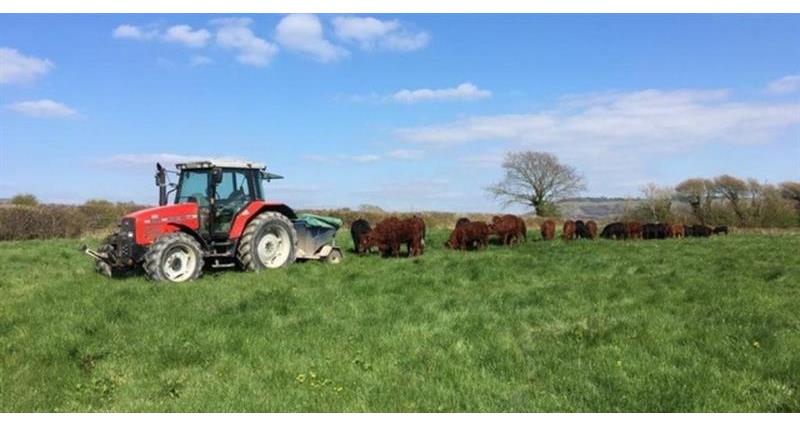
Future proofing
To protect her business for the long term, Annie has worked hard to find opportunities to diversify the core farming business. The planning regulations within the National Park make this extremely difficult and a recent planning application to build some much needed tourist accommodation on the South Downs Way failed at the local planning committee stage due to ‘landscape impact’. Annie feels that the planners are in danger of scoring an own goal; if these farm businesses are not viable, the landscape that the planning policy aims to protect will be lost. She is working hard to find a solution to her diversification aspirations.
For now, improvements in the farms rotation, more sustainable arable techniques and the balance of a mixed farming system has improved the quality of the land. By working with options such as margins, pollinator mixes and wild bird seed mixes, habitats have been created which support the wildlife. Measures such as the beetle bank also fit with running the farm, by helping to break up large fields.
Annie believes that farmers are vital to creating and managing landscapes such as the South Downs, and she does feel that this landscape is taken from granted by many. Mixed farming without subsidy is not viable, and her business may have some tough decisions to take in future years, if they cannot make money, and are not able to diversify.
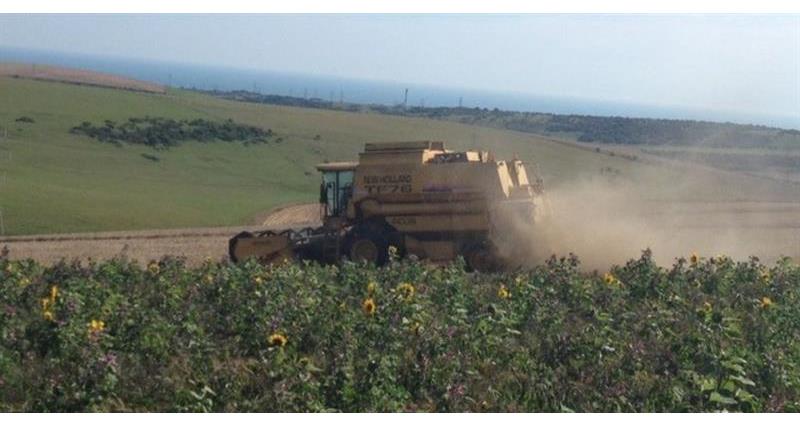
You may also be interested in...
